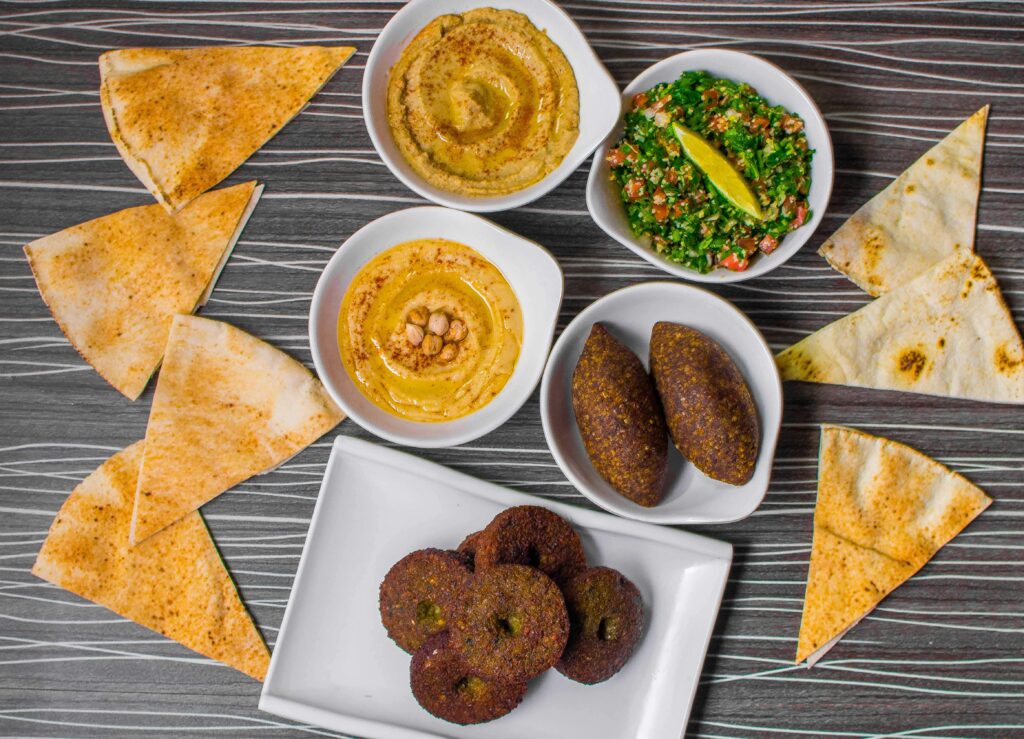How to Cook Arabic Foods | Traditional Recipes and Techniques

Arabic cuisine is a rich tapestry of flavors, aromas, and traditions that span across the Middle East and North Africa. Learning how to cook Arabic foods can be a delightful journey into a world of spices, herbs, and unique cooking techniques. Whether you’re a seasoned cook or a beginner, this guide will help you master the art of Arabic cooking.
Understanding Arabic Cuisine
Arabic cuisine is characterized by its use of fresh ingredients, aromatic spices, and time-honored cooking methods. The cuisine varies from region to region, but some common elements include the use of olive oil, garlic, cumin, coriander, and mint. Popular dishes include hummus, falafel, kebabs, and a variety of rice dishes like biryani and kabsa.

Essential Ingredients
To start cooking Arabic foods, you’ll need to stock your pantry with some essential ingredients:
- Spices: Cumin, coriander, turmeric, cinnamon, and cardamom are staples in Arabic cooking.
- Herbs: Fresh parsley, mint, and cilantro are frequently used.
- Grains: Bulgur, couscous, and rice are common bases for many dishes.
- Legumes: Chickpeas and lentils are essential for dishes like hummus and lentil soup.
- Olive Oil: A key ingredient in many recipes, used for cooking and dressing salads.
Popular Arabic Dishes
Here are some popular dishes you can try as you learn how to cook Arabic foods:
- Hummus: A creamy dip made from blended chickpeas, tahini, lemon juice, and garlic.
- Falafel: Deep-fried balls made from ground chickpeas or fava beans, mixed with herbs and spices.
- Shawarma: Marinated meat (usually chicken or lamb) cooked on a vertical rotisserie and served in pita bread with vegetables and sauces.
- Kabsa: A spiced rice dish with meat, often garnished with nuts and raisins.
- Tabbouleh: A fresh salad made with bulgur, parsley, mint, tomatoes, and a lemon-olive oil dressing.
Cooking Techniques
Arabic cooking often involves slow cooking and stewing, which allows the flavors to meld together beautifully. Here are some techniques to master:
- Stewing: Many Arabic dishes are stews that simmer for hours, allowing the spices to infuse the meat and vegetables.
- Grilling: Kebabs and shawarma are typically grilled, giving them a smoky flavor.
- Baking: Dishes like kibbeh (a meat and bulgur pie) are baked to perfection.
- Frying: Falafel and samosas are deep-fried to achieve a crispy exterior.
Tips for Cooking Arabic Foods
- Use Fresh Ingredients: Fresh herbs and spices make a significant difference in the flavor of your dishes.
- Balance Flavors: Arabic cuisine is all about balancing sweet, savory, and tangy flavors.
- Experiment with Spices: Don’t be afraid to adjust the spice levels to suit your taste.
- Cook with Love: Arabic cooking is often a communal activity, so involve your family and friends in the process.
Conclusion
Learning how to cook Arabic foods is a rewarding experience that opens up a world of culinary delights. By understanding the essential ingredients, mastering key cooking techniques, and experimenting with popular dishes, you’ll be able to create delicious and authentic Arabic meals at home. So, gather your ingredients, invite your loved ones, and start cooking!
By following these tips and techniques, you’ll soon become proficient in how to cook Arabic foods, bringing the rich flavors of the Middle East into your kitchen. Happy cooking!




